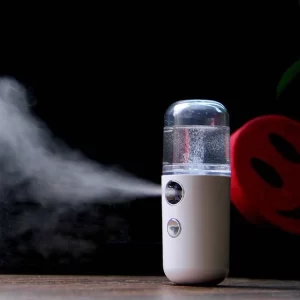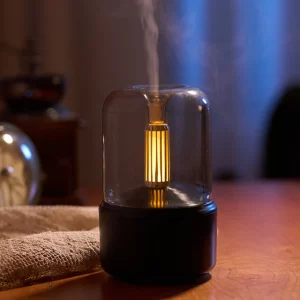Installing a Whole House Humidifier: A Step-by-Step Guide
Introduction
Installing a whole house humidifier is an effective way to improve indoor air quality and maintain comfortable humidity levels throughout your home. This comprehensive guide will walk you through the step-by-step process of installing a whole house humidifier. From understanding the benefits and types of humidifiers to preparing your home and completing the installation, we will provide specific details to help you successfully add a whole house humidifier to your HVAC system.
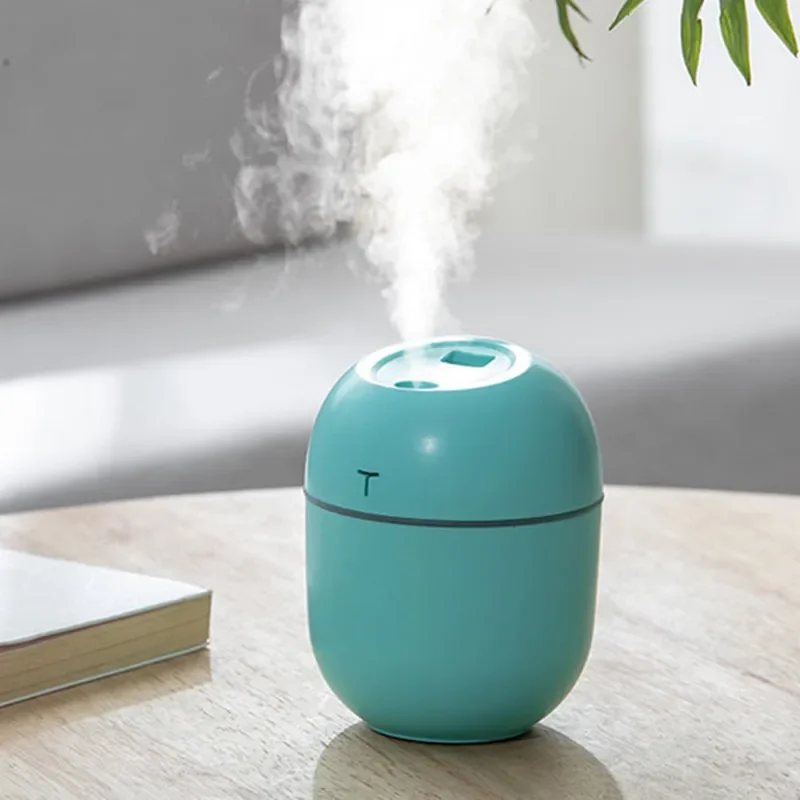
Installing a Whole House Humidifier: A Step-by-Step Guide
I. Understanding Whole House Humidifiers
-
Benefits of Whole House Humidifiers:
- Whole house humidifiers regulate and increase the moisture levels in your home, enhancing comfort and reducing the negative effects of dry air on your health and belongings. Benefits include improved respiratory health, decreased static electricity, reduced dry skin and nasal passages, and protection for wood furniture and flooring.
-
Types of Whole House Humidifiers:
- There are several types of whole house humidifiers available, including bypass humidifiers, fan-powered humidifiers, and steam humidifiers. Each type operates differently, and your choice will depend on factors such as the size of your home, the desired humidity level, and your budget.
II. Preparing for Installation
-
Determine the Right Location:
- Identify the most suitable location for installing the humidifier. It is typically installed on the supply side of the HVAC system, near the furnace or air handler, ensuring consistent distribution of humidified air throughout the entire house.
-
Select the Humidistat Placement:
- Choose a location for the humidistat, which controls the humidity levels. Common placements include the main living area or hallway, ensuring easy access and visibility for monitoring and adjustments.
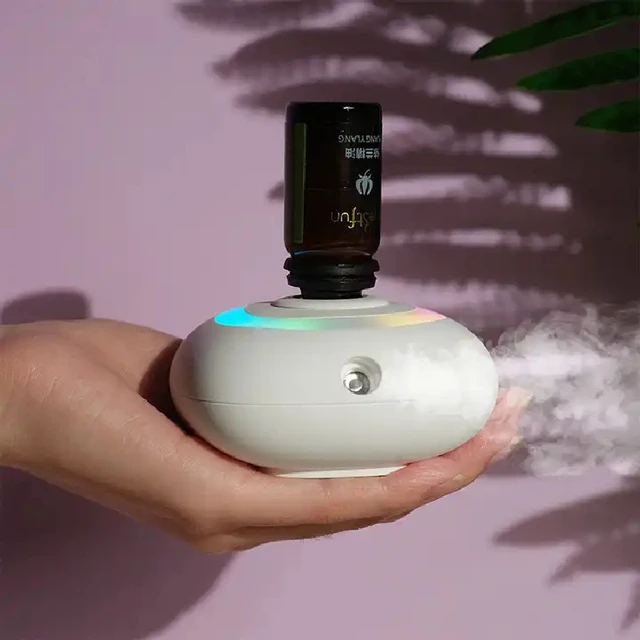
III. Gathering the Necessary Tools and Materials
-
Tools:
- Gather the appropriate tools for the installation, including a power drill, screwdriver, wire strippers, pliers, and a level.
-
Materials:
- Ensure you have all the necessary materials, such as the humidifier unit, humidistat, water supply line, drain line (optional), humidifier pad or cylinder, mounting brackets, screws, and flexible ductwork connectors.
IV. Installation Steps
-
Shut Off Power:
- Before beginning any installation steps, turn off power to the HVAC system at the breaker panel to ensure safety.
-
Mount the Humidifier:
- Mount the humidifier to a secure location on the supply plenum or return duct using mounting brackets and appropriate screws. Ensure it is level and firmly attached to prevent vibrations or misalignment.
-
Connect the Water Supply Line:
- Locate a suitable cold water source near the HVAC system. Install a saddle valve or tee fitting into the water line to provide a water source for the humidifier. Connect the water supply line to the solenoid valve on the humidifier, ensuring a secure and leak-free connection.
-
Install the Drain Line:
- If your humidifier requires a drain line, connect it to a suitable drain point near the HVAC system. Ensure proper slope and secure the drain line to prevent leaks.
-
Connect the Humidistat:
- Run low-voltage wires from the humidifier to the chosen location for the humidistat. Connect the wires to the appropriate terminals on both the humidifier and humidistat, following the manufacturer’s instructions for proper wiring.
-
Connect the Humidifier to the HVAC System:
- Connect the flexible ductwork connectors to the humidifier and the HVAC system. Ensure a proper seal by using foil tape or clamps to secure the connections.
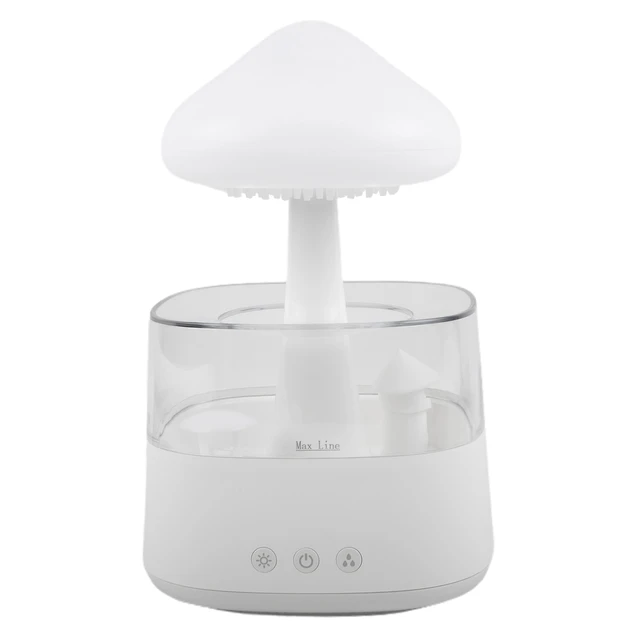
V. Testing and Adjusting the Humidifier
-
Turn On Power:
- Restore power to the HVAC system by turning on the breaker for the system.
-
Adjust Humidity Settings:
- Set the desired humidity level on the humidistat according to your preferences and the manufacturer’s recommendations.
-
Observe Operation and Adjust as Needed:
- Monitor the operation of the whole house humidifier and make any necessary adjustments to the humidistat settings or water flow rate if the humidity level is too high or low.
VI. Maintenance and Care
-
Regular Cleaning:
- Regularly clean the humidifier unit, including the evaporative pad or cylinder, to prevent the buildup of mineral deposits or mold. Follow the manufacturer’s instructions for proper cleaning procedures.
-
Seasonal Maintenance:
- Perform seasonal maintenance, including replacing the humidifier pad or cylinder and checking for any leaks or damage. Replace any worn-out parts or components as needed.
VII. Professional Installation Considerations
-
Hiring a Professional:
- If you are not comfortable with or experienced in HVAC installation, or if your system requires modifications, it may be wise to hire a licensed HVAC professional to install the whole house humidifier.
-
Professional Recommendations:
- Consult with a reputable HVAC professional for advice on the best humidifier type and size for your home, as well as any additional considerations specific to your HVAC system setup.
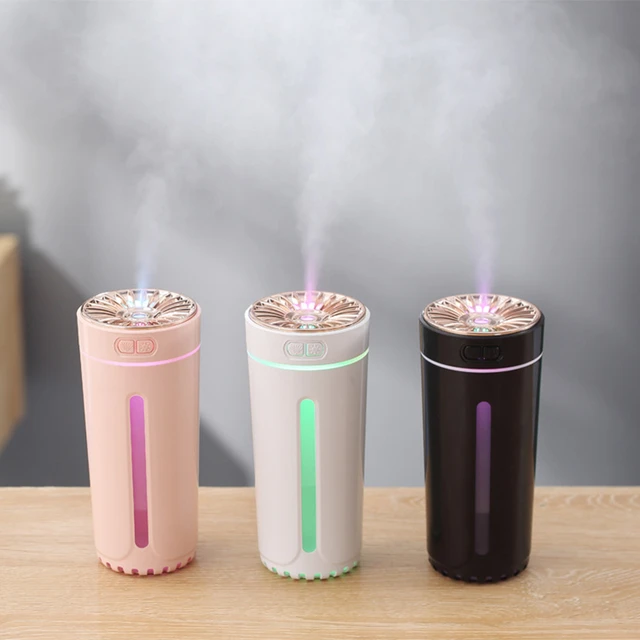
Cost Considerations and Benefits
-
Initial Investment:
- Installing a whole house humidifier does involve upfront costs, including the purchase of the unit itself and any necessary professional installation fees. However, the long-term benefits typically outweigh the initial investment.
-
Energy Efficiency:
- A properly humidified home can feel warmer, allowing you to lower your thermostat and potentially reduce energy consumption. This can lead to long-term energy savings and lower utility bills.
-
Health and Comfort Benefits:
- Balanced humidity levels help alleviate symptoms related to dry air, such as dry skin, irritated nasal passages, and respiratory issues. Additionally, maintaining proper humidity can reduce static electricity and protect wooden furniture and flooring from damage.
Troubleshooting Common Issues
-
Low Humidity Output:
- If you notice that the whole house humidifier is not producing enough humidity, check that the water supply line is connected and flowing properly. Additionally, ensure that the humidistat settings are correct and adjust if necessary.
-
Excess Humidity:
- If the humidity level in your home becomes too high, check that the humidistat is set at an appropriate level. If it is, reduce the water flow rate or seek professional assistance to diagnose and address any underlying issues.
-
Noisy Operation:
- If the whole house humidifier is making excessive noise during operation, check for loose components or vibrations. Secure any loose connections or consult a professional if the noise persists.
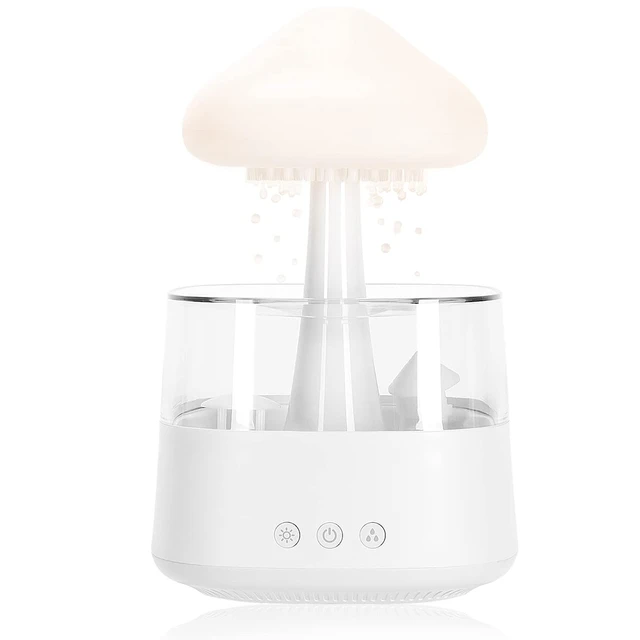
VIII. Conclusion: Enjoying the Benefits of Whole House Humidification
Installing a whole house humidifier can greatly improve indoor air quality and enhance comfort throughout your home. By following the step-by-step installation process, considering the type and location of the humidifier, and properly maintaining the system, you can enjoy the many benefits of balanced humidity levels year-round.
Remember to always refer to the manufacturer’s instructions and, if needed, seek professional assistance to ensure a successful installation that integrates smoothly with your HVAC system. Experience the advantages of optimal humidity levels and create a healthier and more comfortable living environment for you and your family.
